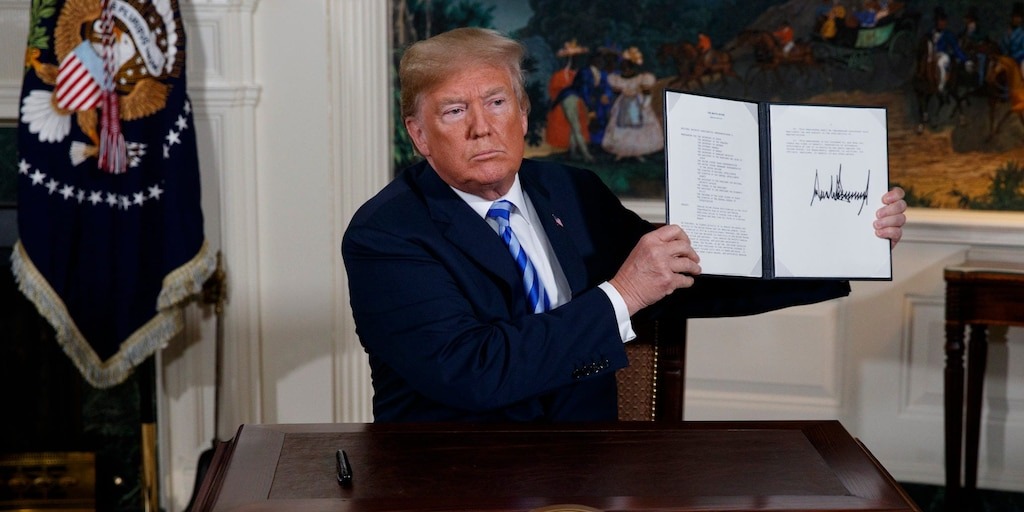 AP
AP
- Morgan Stanley’s top public-policy strategist laid out reasons why President Trump’s latest executive orders on unemployment benefits pose new risks to further US stimulus.
- Although lawmakers have agreed on handing out another $1,200 paycheck to eligible Americans, parties remain split on other measures, such as tax cuts and unemployment benefits.
- Morgan Stanley’s Michael Zezas explained that legislators may have to return to the table, as Trump’s measures may not actually achieve the intended relief in the short-term.
- Visit Business Insider’s homepage for more stories.
Negotiations fell apart last week between the White House and top congressional Democrats over another round of stimulus for the US economy after two weeks of ineffectual discussions.
Relief measures, meant to support struggling Americans, included talks over the $600 weekly federal unemployment supplement that expired in July. Millions are jobless as a result of the pandemic.
While lawmakers have given the nod to send another $1,200 paycheck to eligible Americans, parties remain split on the remainder of their stimulus plans, especially those related to unemployment benefits.
Michael Zezas, Morgan Stanley’s head of public policy research and municipal strategy, laid out reasons why there may be risks to further economic aid from Congress this year.
In an update on August 12, Zezas said stimulus negotiations are not over yet, but there is a lot of uncertainty around what and when any agreement may materialize.
‘Lofty’ executive orders
He pointed out that President Trump’s latest executive orders, on the face of it, extend supplemental unemployment benefits, an eviction moratorium, and cut payroll taxes. Trump has not given further details of how these might work.
On deeper scrutiny, one can see those orders falling short of achieving any of those “lofty” goals and forcing the Congress back to the negotiating table, Zezas said in a podcast.
Delay to aid by new FEMA program
Trump’s unemployment benefits rely on the creation of a new program using money from the Federal Emergency Management Agency, a department responsible for the government’s response to disasters and emergencies, with states providing 25% of the cost.
The program’s set-up would likely take time and delay unemployment support. Not just that, any aid could end up being smaller, if states shy away from new costs, given their already debt-heavy budgets, Zezas said.
Doubts on eviction ban and payroll taxes
It’s also unclear how the eviction moratorium, Trump’s order that prohibits landlords from filing eviction orders, might work. That’s because the order only urges the Secretary of Housing and Urban Development to seek solutions and actually does nothing by itself.
There is a lot of doubt about Trump’s order to scrap payroll taxes, a key mechanism used to fund Social Security and Medicare, for which he has long advocated.
Zezas said it’s difficult to establish whether employers will actually cut back on these taxes from employee paychecks. “The order isn’t so much a tax cut, as a deferral of tax payments,” he said.
Overall, he said there is a possibility these orders do not achieve their intended purposes, and lawmakers may need to regroup and reach a deal.
Need for an agreement
As Republicans and Democrats remain split on issues such as state and local aid, Trump’s executive orders have given both parties room to wait, for now.
“Time equals risk in situations like these. It also means risk for the economy, where the delay in unemployment aid can hurt consumption, and the lack of state and local aid could lead to government layoffs and spending cuts,” Zezas said.













